As dawn arrives, a fire-red figure emerges on the horizon, LS7 Lingenfelter V8 engine roaring, and exhaust billowing from its tightly tucked pipes. The heavily armored, high power, rear-wheel drive weapon of tire destruction rolls-up, its driver grinning ear-to-ear. It’s not every day that you encounter a second gen Chevy Camaro with ass-loads of street cred and the performance mods to back it up, which is precisely why TCI Engineering’s project car is in front of you today.
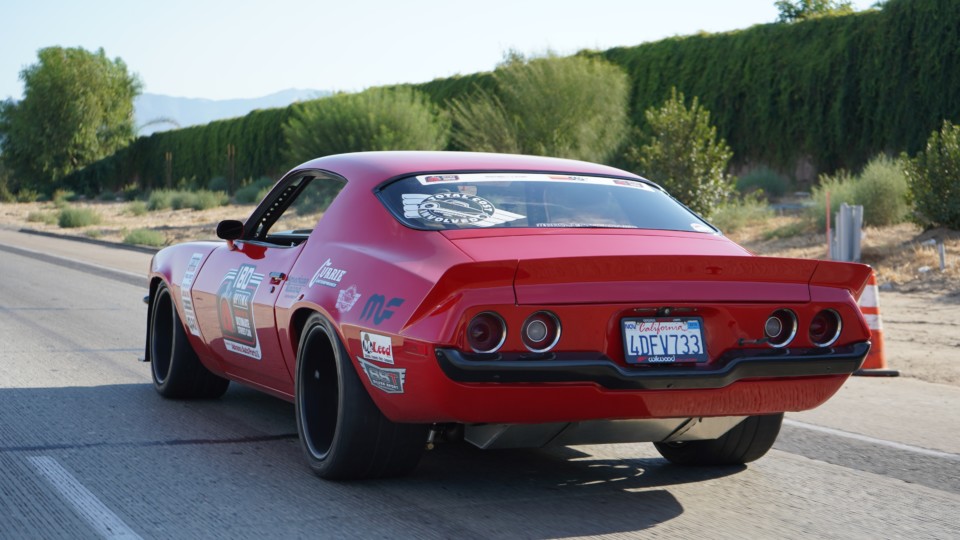
Codenamed: “Project Red Dawn” by its LS-loving creators, the background story on this 1971 Chevrolet Camaro is one conceived out of curiosity, born for all the right racing reasons, and raised upon over-engineering. In short, it’s a shop project build that got out of control, and now it’s coming for your precious street machine’s bragging rights. With its unique front-end, massive rear haunches, and cutting-edge performance upgrades, this is without a doubt one of the most intriguing second-gen Camaros we’ve ever come across. Which is precisely why we caught up with the guys who built and race this beast, in the process discovering that it has far more aggressive intentions than originally thought.
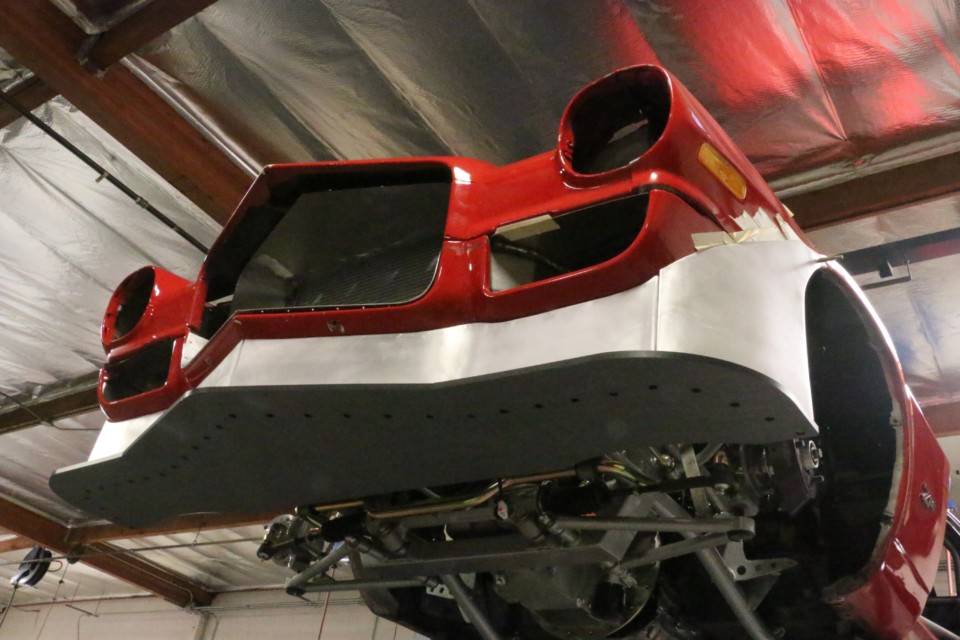
Jason Wilcox, Senior Marketing Coordinator at Total Cost Involved Engineering, realized that after years of resting on its laurels, it was finally time for a new R&D vehicle. Being that the Ontario, California based company had produced a suspension setup for the first generation Camaro that was damn near perfect, the move to the second-gen was an obvious first choice. Eight years of stellar suspension sales and rave reviews from customers had left Jason feeling comfortable about bringing the next gen into the spotlight, with the intent to do battle with some of the world’s fastest street machines. We are speaking of Optima’s annual “Ultimate Street Car Invitational,” which is akin to running a high-speed gauntlet in your automobile.
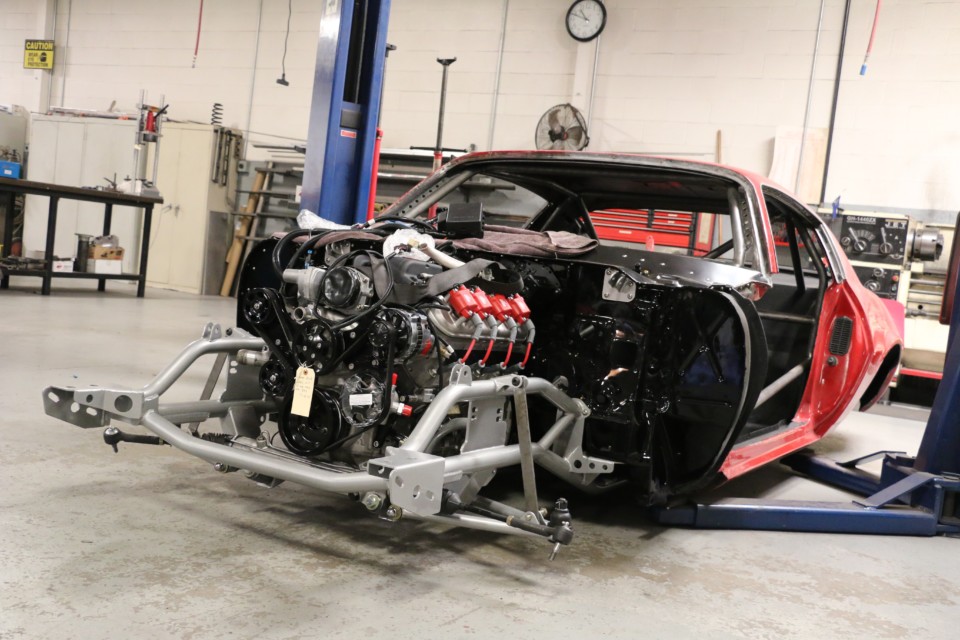
In order to go toe-to-toe with America’s greatest street cars, updating the aging Camaro chassis with a bevy of modern day “weapons” was an absolute must, starting with a 541whp Lingenfelter LS7. External engine mods start with Sanderson 1 7/8” headers, followed by a 3-inch Magnaflow exhaust snaking all the way to the rear bumper, and a Jax Motorsports wiring harness of equal length. After that you’ve got an Eddie Motorsports front accessory serpentine drive system, Spectre Performance filters and tubes, a Rick’s Tanks stainless fuel cell, Derale coolers for both oil and power steering fluid, and a custom Crosby Designs cold air intake.

In order to accommodate its new shell, Jason tells us that the engine and all of its accouterments had to be moved back about 4-inches, where the block mates-up with a complete T56 Magnum Hurst driveline. Filled with a McLeod twin disc RXT clutch, and controlled via Silver Sport Transmission’s track tested shifter, throws in this Camaro are fine-tuned to needlepoint precision. A Currie Enterprises chromoly 9-inch rear-end with floating hubs, 35-spline axles, and 3.70 gears takes care of business out back.
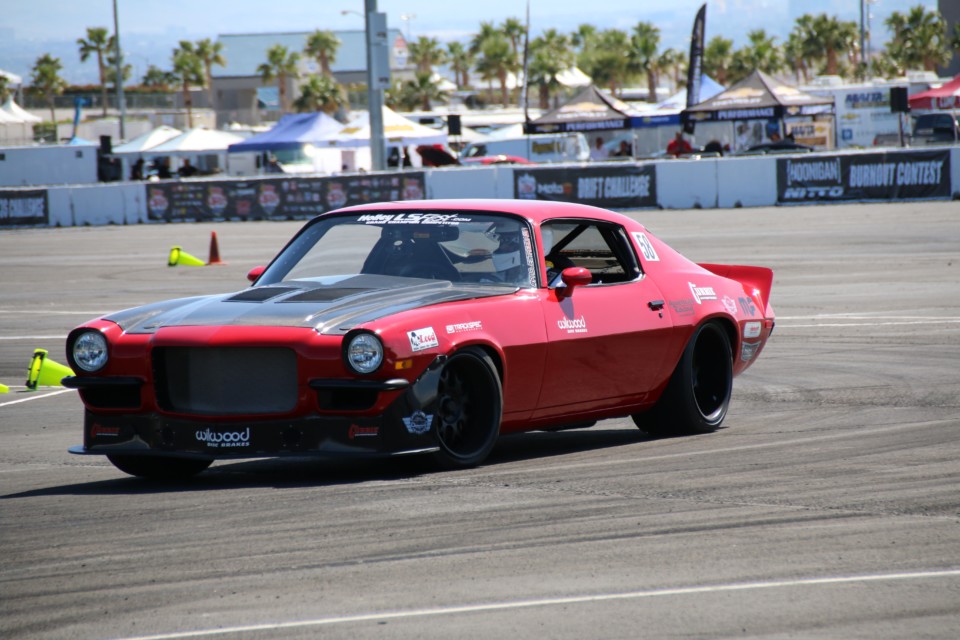
Handling perks come primarily from TCI Engineering’s very own Pro-Touring front clip and torque arm rear suspension, which have been accompanied by Ridetech TQ coilovers. Braking is controlled by 6-piston Wilwood calipers clamping down on 14-inch rotors up front, while a 4-pot setup from the same manufacturer stops the rear.
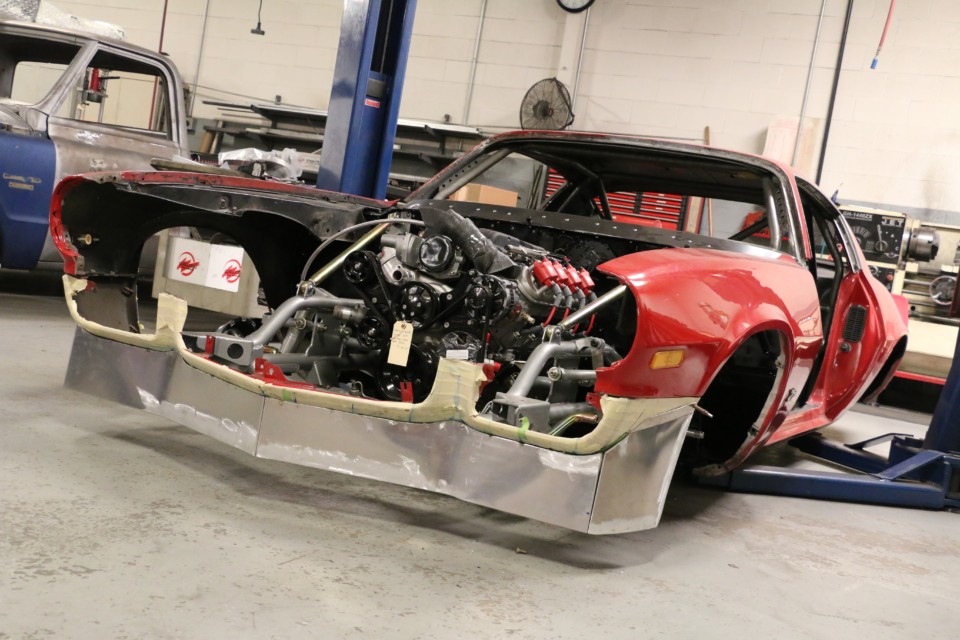
Externally, the TCI Engineering ’71 Camaro has more armor than a rampaging rhino, and as you can tell, we’ve got the build documentation to back it all up. The entire front valence of the car, including the inner fenders, are TCI Engineering’s one-off creations, with the unique splitter being made out of a thermoplastic component commonly known as “Tegris.” Meanwhile, United Pacific headlights adorn each side, and a richly woven and lighweight Carbon Kustoms hood rests above it all, complete with Track Spec Motorsports’ sturdy hood vents.
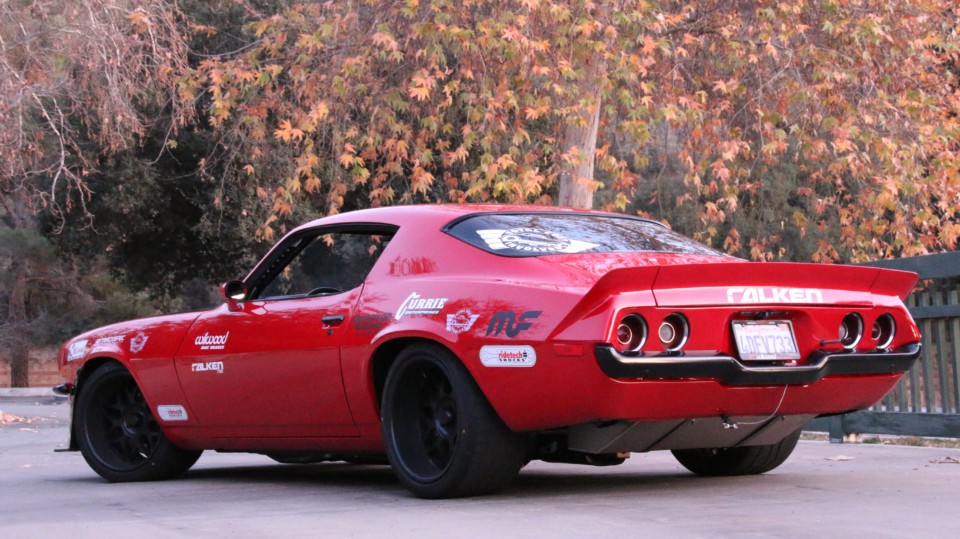
All four fenders have been filled with American Racing VF483 wheels, which are formed in an 18×11-inch and a 18×12-inch staggered position. These wheels come courtesy of the highly knowledgeable minds over at Wheel Pros, a company that has specialized in bringing some of the best wheel options on the planet to drivers for over 25 years. When asked as to the reasoning behind this particular wheel setup, Jason tells us that both American Racing and Wheel Pros have been extremely accommodating over the years, and not just with products, but with support as well.
To solidify this claim, we reached out to Chris Plump at Wheel Pros about the project, to which he had this to say:
“Our relationship with TCI goes back quite a few years now,” Chris explains. “We had just launched our forged wheel program to go after the high performance and autocross scene. Modern engines, suspension, and brakes are being retrofitted into classic bodies, and because of this, there has been demand for wheels with larger diameters and wider widths to clear giant brakes. However, the wheels can’t simply be bigger. They also need to be lighter and stronger to hold up to the forces applied during highly competitive autocross racing.“
“In order to test and develop these wheels in real world conditions, we teamed up with TCI Engineering, who makes some of the best suspension in the industry,” Chris tells us. “When we heard about a 2nd gen Camaro race car they were building, we knew we needed to be part of it. For Project Red Dawn, TCI decided to go with our VF483 wheel design… a mesh wheel designed for big brake clearance and plenty of cooling… Since the car is a mix of modern and vintage we agreed that the mesh design of the VF483 would be a good fit. For autocross racing its all about getting as much tire as possible under the front and rear of the car. This is why TCI went with 18×11 and 18×12.”
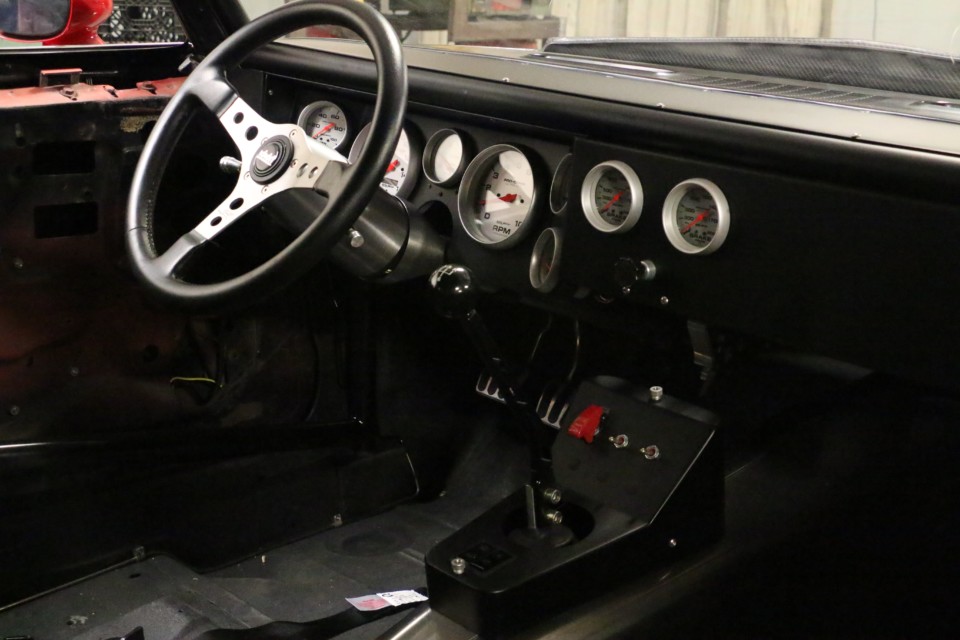
Outside tour complete, our focus shifts to the cabin, where an ididit steering column, Scat seats, and Crow 5-point belts await. These are surrounded by 1 and 5/8″ chromoly cage, which was built in house by the team at TCI Engineering. Autometer analog gauges sit nesyled within a dash that was also built by James Crosby of Crosby Designs, a stealthy custom touch that is designed to look just as flawless as it performs.
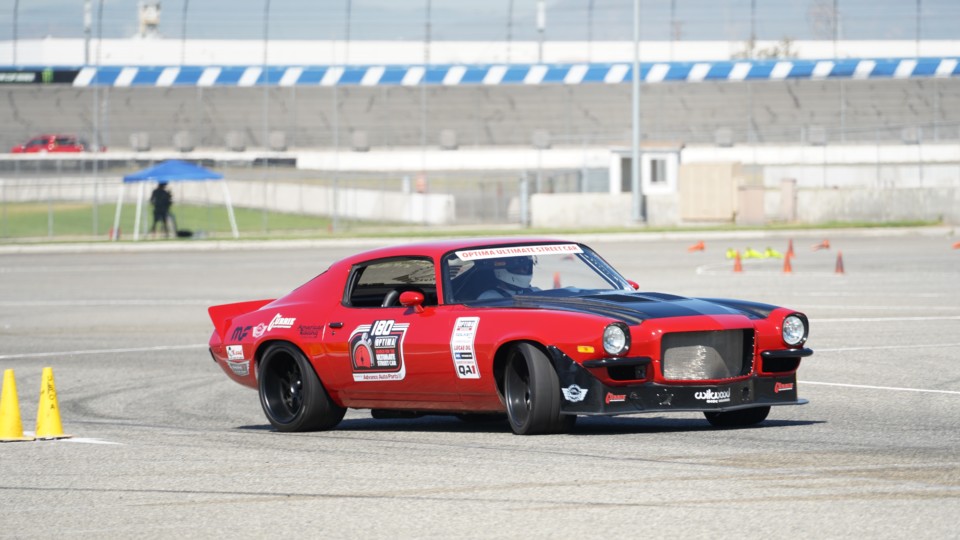
You can see Project Red Dawn in all of its glory at SEMA this year, where Jason tells us it will compete in the 2019 Optima USCI. TCI Engineering also plans to run the NMCA West Finals in October, and attend Goodguys in Scottsdale and possibly Pleasanton as well. So if you happen to be at one, some, or all of these events this year, be sure to check out Project Red Dawn, that is, if you can catch up with it.
